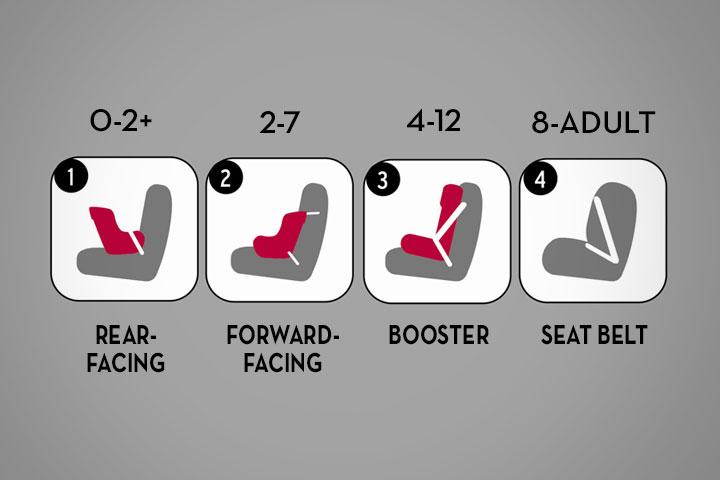How To Choose and Use a Car Seat


All car seats currently on the market meet the U.S. government's stringent crash- and fire-safety standards, so any car seat you buy new is technically safe. (The same isn't true for secondhand car seats or car seats purchased more than a couple of years ago, which may have been designed to meet outdated standards or may have been damaged in an accident or been recalled for safety violations.) But even if a car seat itself meets the federal government's standards, it can still present safety problems if it's installed or used incorrectly. The safest car seat, therefore, is the one that best fits your child and your car and is easiest for you to use.
An important note: The American Academy of Pediatrics says to keep your child in a rear-facing car seat until the age of 2, or until he reaches the seat's maximum rear-facing height and weight limits. The longer you keep your child in a rear-facing position, the safer he'll be (that's because, in a frontal collision, the stress on a forward-facing young child's neck can injure his spine).
If you've already turned your child forward, consider turning him back around again. And if you haven't yet made the forward move, try keeping him in a rear-facing position a little longer. Just be sure that his car seat is designed to hold his weight and be placed in a rear-facing position: either a rear-facing seat designed to hold children up to 35 pounds or a convertible car seat that's made to hold children up to 35 or more pounds in a rear-facing position and children up to 60 or more pounds in a forward-facing position. In both cases, keep your child facing the rear until he exceeds the seat's weight limit or grows too tall for it (he's too tall to face the rear when his head is within an inch of the top edge of the seat's plastic shell, and too tall for the seat entirely when his shoulders are above the car seat's top set of harness-strap slots).
When it's time to face forward, choosing a combination car seat and booster seat may be a sensible (and, in the long run, economical) option. These forward-facing seats come with a safety harness that can be removed when your child grows too tall for it (again, when his shoulders pass the top set of harness-strap slots) or when he exceeds the harness's weight limit. From that point on, the seat will boost his height while your car's lap and shoulder belts safely restrain him. For the best protection, you'll want to use the harness as long as possible, so choose a seat that has several height settings, especially if your child is tall.
Almost all car seats now come with a five-point harness, considered the safest because the straps restrain your child at both the shoulders and hips, distributing the force of a collision to the strongest parts of his body. Older car seats that use plastic tray bars or T-shaped shields, by contrast, distribute the force of a collision to one of your child's most vulnerable areas — his belly. In addition to being less safe than a five-point harness, these seats are also less comfortable for many kids. If your child is on the husky side, for instance, the plastic tray or shield may press on his thighs or squeeze his tummy. And if he's tall, you may have trouble getting the tray or shield comfortably over his head.